Euonymus Burning Bush: The Invasive Shrub With The
Title: Euonymus Burning Bush: The Invasive Shrub with the Bright Red Fall Foliage
Introduction:
Euonymus Burning Bush (Euonymus alatus) is a deciduous shrub that is native to northeastern Asia. It is known for its bright red fall foliage, which can give forests and woodlands a fiery appearance. However, Euonymus Burning Bush is also an invasive species in many parts of the United States. It can outcompete native plants, crowd out wildlife habitat, and damage property.
Main Content:
- Growth and Habit: Euonymus Burning Bush is a fast-growing shrub that can reach heights of 10-20 feet. It has spreading branches that form a dense thicket. The leaves are elliptical and have finely serrated edges. They are dark green in summer and turn bright red in fall. The flowers are small and inconspicuous. They are greenish-white in color and bloom in late spring. The fruits are capsules that contain bright red seeds. The seeds are dispersed by birds and animals.
- Invasive Behavior: Euonymus Burning Bush is an invasive species in many parts of the United States. It is listed as a noxious weed in 21 states. It can spread quickly by seed and root sucker. Once established, it can crowd out native plants and create a dense thicket that is difficult to control. Euonymus Burning Bush can also damage property. Its roots can lift up sidewalks and driveways. Its leaves and berries can be toxic to animals and humans.
- Control: There are a number of ways to control Euonymus Burning Bush. One way is to physically remove the plants. This can be done by cutting them down or digging them up. However, it is important to remove all of the roots, as even a small piece of root can regrow into a new plant. Another way to control Euonymus Burning Bush is to use herbicides. However, herbicides should only be used as a last resort, as they can harm native plants and wildlife.
Conclusion:
Euonymus Burning Bush is a beautiful shrub with bright red fall foliage. However, it is also an invasive species that can cause significant damage to native plants and wildlife. If you are considering planting Euonymus Burning Bush in your garden, it is important to weigh the risks and benefits. There are many other beautiful shrubs that are not invasive.
Euonymus burning bush is a deciduous shrub that can reach up to 20 feet in height and width. It has greenish stems with corky wings, oppositely arranged, simple and elliptic leaves that are 1-3 inches long and half as wide, and inconspicuous greenish-yellow flowers that bloom in May and June. Burning bush is used for digestive tract disorders including cramps, stomach problems, and worms in the intestines.
To learn more about euonymus burning bush, please visit Home Gardening.
FAQ of euonymus burning bush
- How long does it take a Burning Bush to grow?
Burning bush shrubs grow at a slow-moderate pace of 1-2 feet per year until they reach maturity.
- How do you germinate a Burning Bush?
To germinate a Burning Bush, you will need to gather some seeds, stratify them, and then plant them in a seed starting tray. The seeds should be kept warm to aid in germination, and you will need to maintain proper moisture.
- Is Burning Bush an invasive species?
Yes, Burning Bush is considered an invasive species in some parts of the United States. It can spread rapidly and outcompete native plants, and it can also be toxic to animals. If you are considering planting Burning Bush, it is important to check your local regulations to see if it is legal to do so.
- What are the best conditions for growing Burning Bush?
Burning Bush prefers full sun and moist, well-drained soil. It is tolerant of a variety of soil types, but it does not like to be waterlogged.
- How do you care for Burning Bush?
Burning Bush is relatively easy to care for. It does not need to be pruned often, but you may want to remove dead or diseased branches in the spring. You should also fertilize Burning Bush once a year in the spring.
- What are the pests and diseases that affect Burning Bush?
Burning Bush is susceptible to a few pests and diseases, including scale insects, aphids, and powdery mildew. If you notice any problems with your Burning Bush, you should consult with a gardening expert for treatment.
Image of euonymus burning bush
- Euonymus burning bush in fall. This image shows a burning bush in full fall color. The leaves are a vibrant orange and red, and the branches are covered in small white flowers.
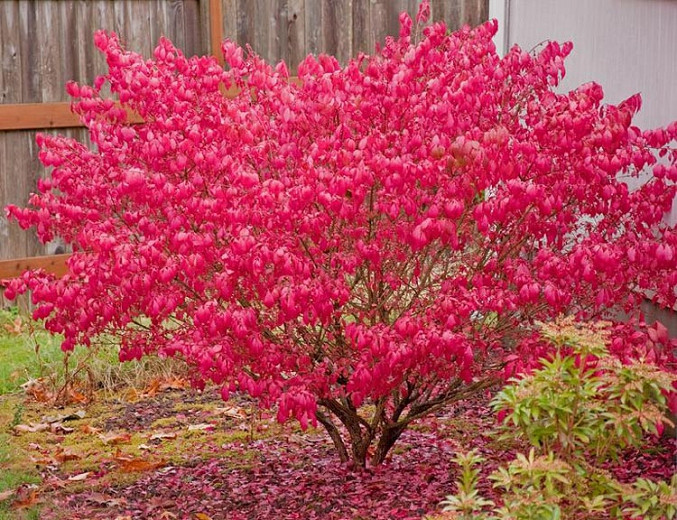
- Euonymus burning bush in spring. This image shows a burning bush in early spring. The leaves are just starting to come out, and they are a soft green color. The branches are covered in small pink flowers.

- Euonymus burning bush in summer. This image shows a burning bush in full summer bloom. The leaves are a dark green color, and the branches are covered in small white flowers.

- Close-up of euonymus burning bush leaves. This image shows a close-up of the leaves of a burning bush. The leaves are a dark green color, and they have a serrated edge.
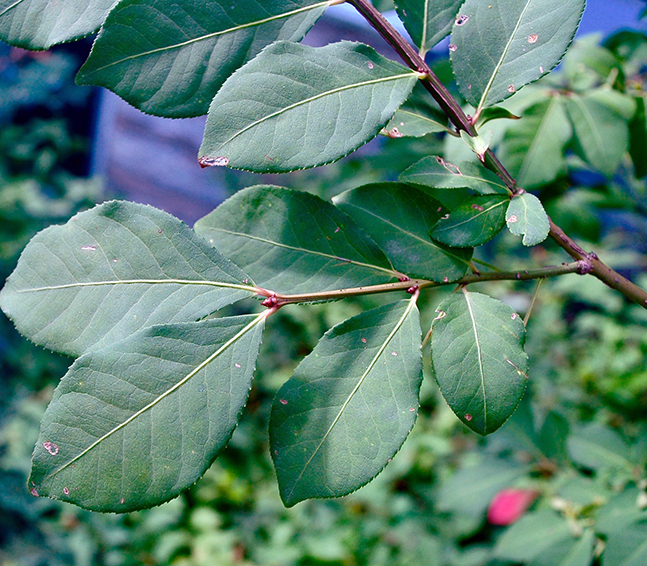
- Euonymus burning bush berries. This image shows the berries of a burning bush. The berries are a bright orange color, and they are clustered together on the branches.
- Euonymus burning bush in a garden. This image shows a burning bush in a garden setting. The bush is surrounded by other plants, and it is in full bloom.
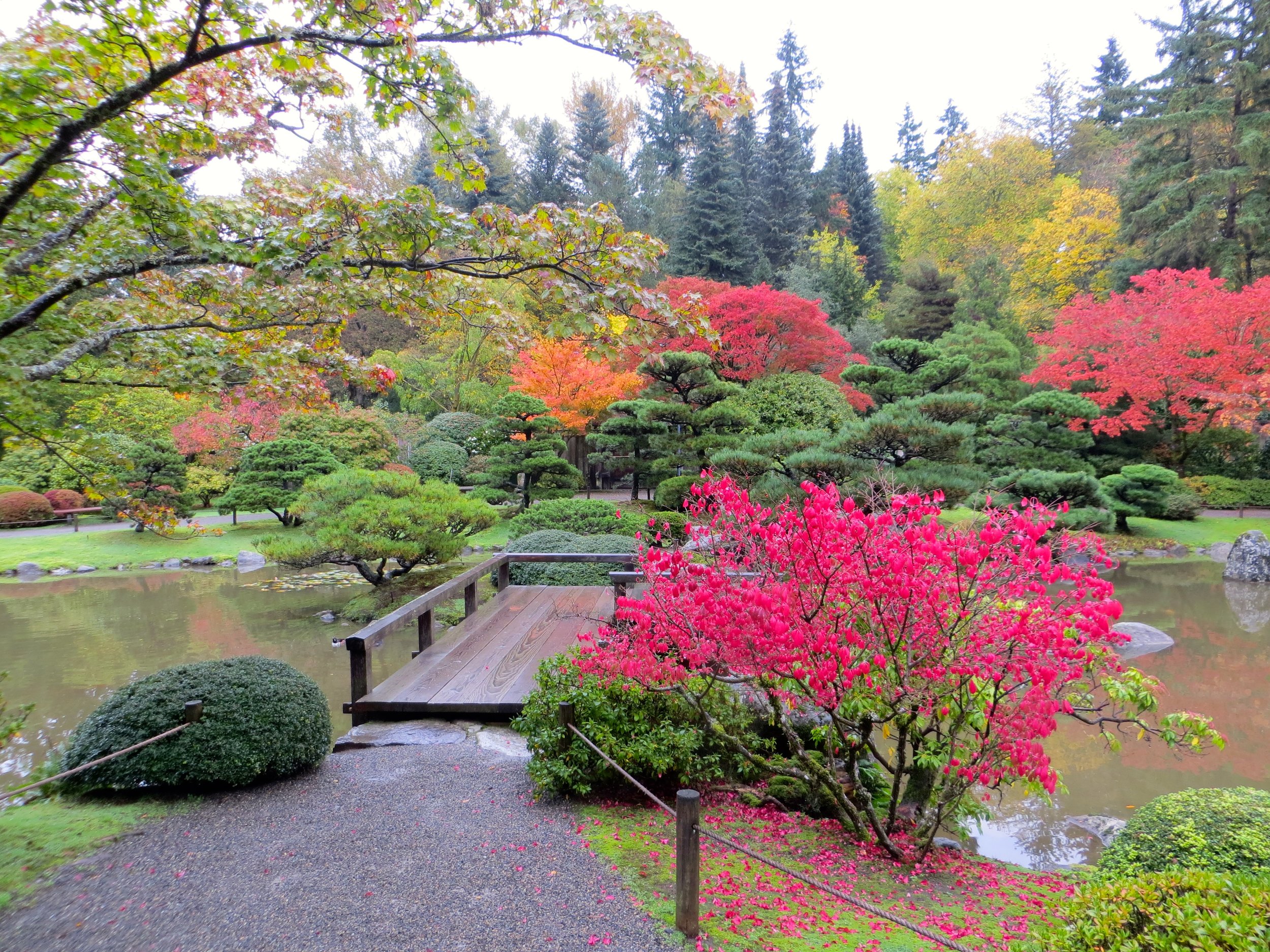
- Euonymus burning bush as a hedge. This image shows a burning bush planted as a hedge. The bush is trimmed into a neat shape, and it provides a privacy screen.
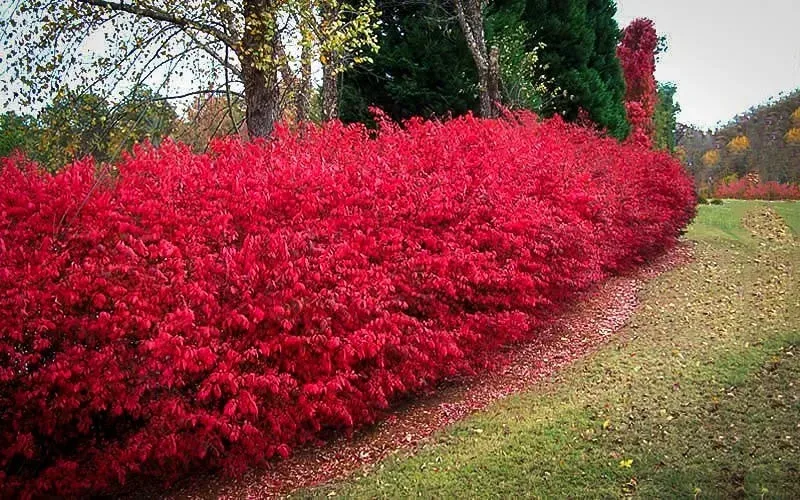
- Euonymus burning bush in a pot. This image shows a burning bush planted in a pot. The bush is small and compact, and it can be grown indoors or outdoors.
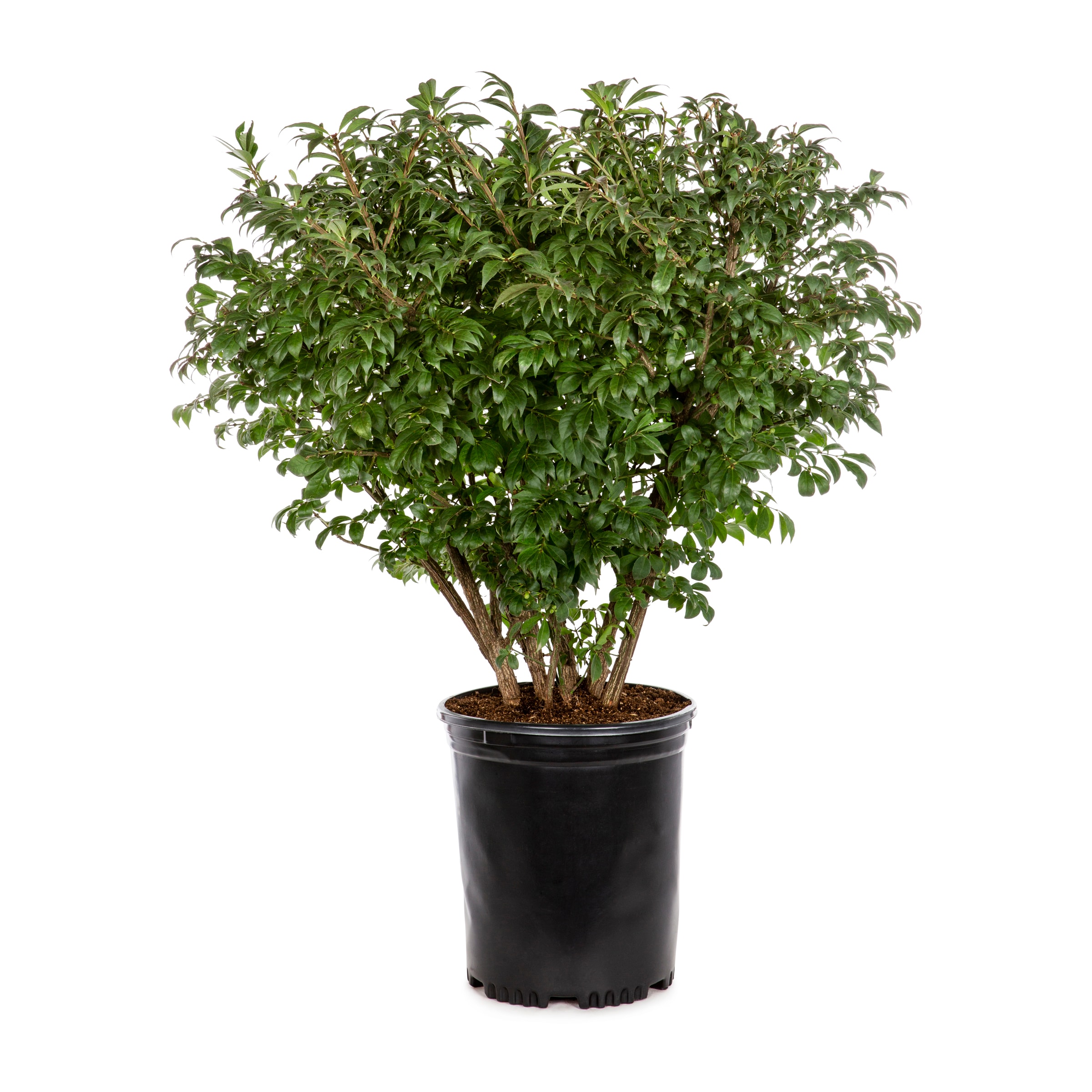
- Euonymus burning bush in a forest. This image shows a burning bush growing in a forest. The bush is surrounded by other trees and plants, and it provides a splash of color in the fall.

- Euonymus burning bush as a windbreak. This image shows a burning bush planted as a windbreak. The bush is tall and dense, and it can help to protect an area from wind.
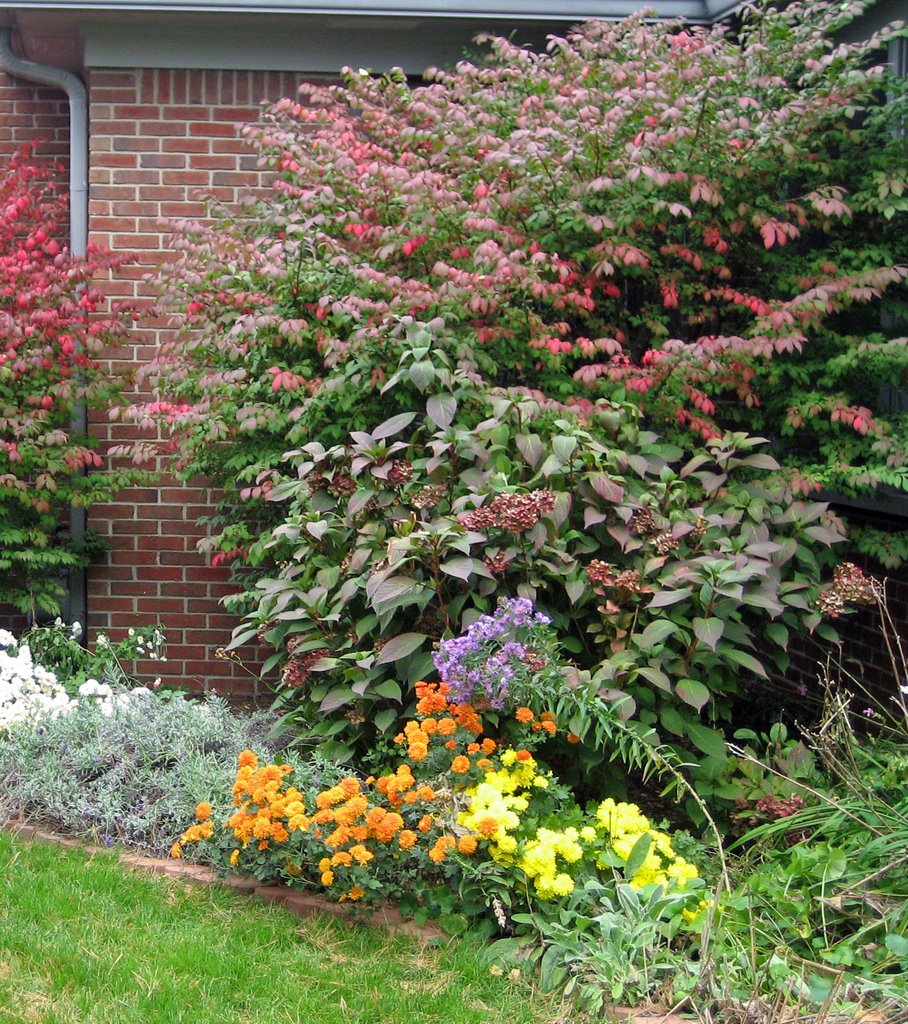


Post a Comment for "Euonymus Burning Bush: The Invasive Shrub With The"